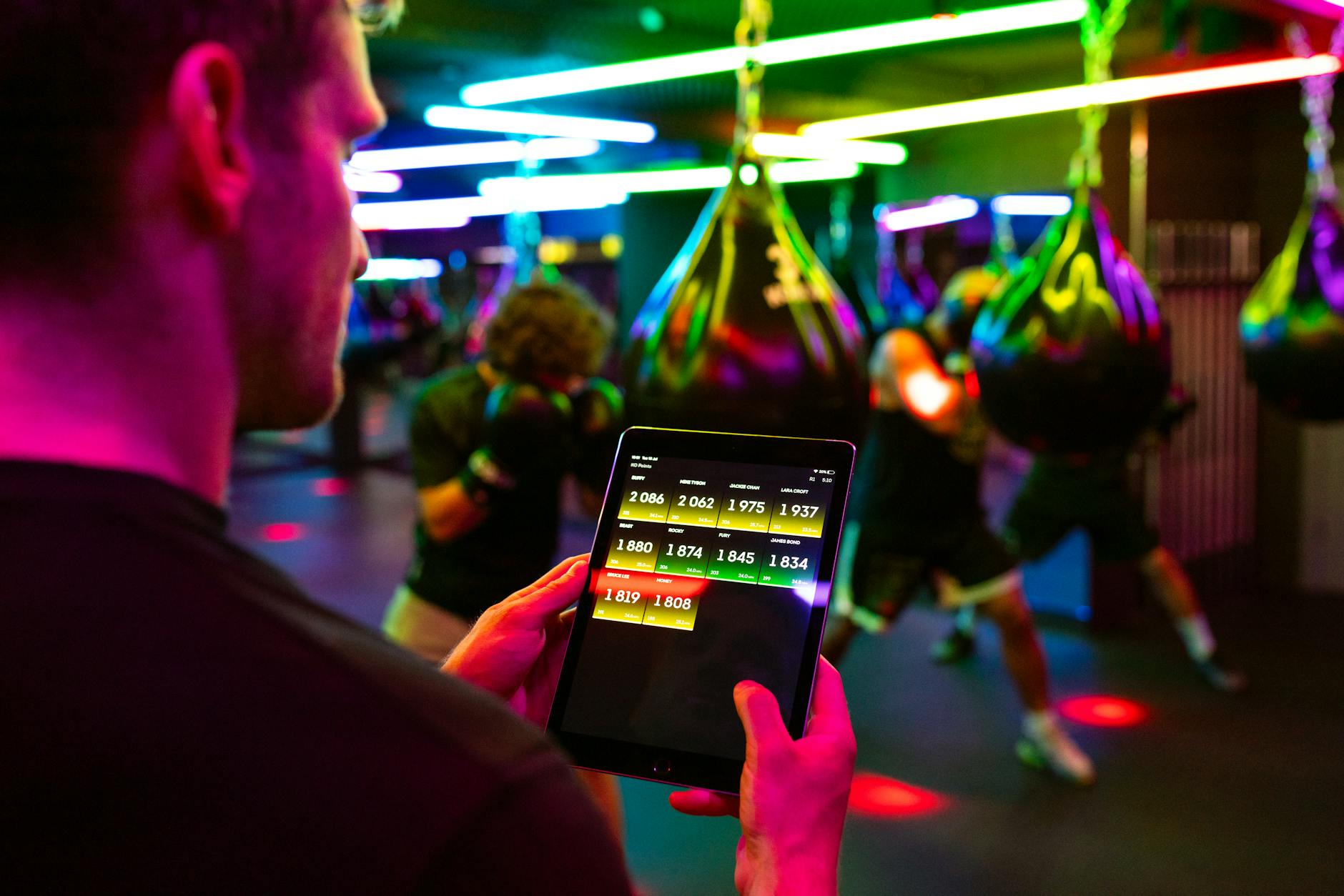What is energy tracking?
What is energy tracking?
Energy tracking is a powerful concept that helps us understand how we use our energy throughout the day. Imagine knowing exactly when you’re at your best and when your energy dips. This isn’t just about managing time; it’s about optimizing the use of your energy to boost productivity and improve personal development. With the right approach to energy tracking, you can identify patterns in your energy levels and tailor your activities to align with them.

Photo by ThisIsEngineering
Understanding Energy Tracking
Energy tracking involves monitoring and analyzing your energy levels in relation to your daily tasks. Unlike traditional time tracking, which focuses solely on how long you spend on an activity, energy tracking considers the quality of that time. It’s about identifying when you feel most energized and when you’re likely to experience fatigue.
The Purpose of Energy Tracking
Why bother tracking your energy levels instead of just your time? The answer lies in efficiency. By recognizing when you have peak energy, you can schedule demanding tasks during those windows. Conversely, knowing when you tend to feel drained allows you to plan less critical tasks for those times. This method helps you work smarter, not harder.
Key Components of Energy Tracking
Effective energy tracking relies on several essential elements:
- Categories of Tasks: Identify the types of activities you undertake regularly, such as creative work, meetings, or administrative tasks.
- Energy Levels: Develop a simple scale (like 1 to 5) to rate your energy throughout the day. For example, a “5” could mean you’re feeling energetic and focused, while a “1” indicates fatigue.
By categorizing tasks and rating your energy, you can create a clearer picture of how your energy fluctuates and how it relates to your productivity.
Methods for Energy Tracking
There are various techniques and tools available to help you track your energy effectively.
Digital Tools for Energy Tracking
In today’s digital age, numerous apps and software can aid in energy tracking. These tools allow you to log your energy levels and activities effortlessly. Some popular options include:
- Energy Tracking Tool: This tool tracks your energy use, costs, and emissions, helping you visualize your energy consumption.
- Sense Energy Monitor: This device empowers you to see how much energy your home is using and when, leading to potential savings on your electric bill.
Manual Tracking Techniques
If you prefer a more hands-on approach, consider traditional methods like journaling or spreadsheets. By maintaining a daily log of your energy levels and corresponding tasks, you can identify patterns over time. You might jot down your energy levels at different times of the day and note which tasks you were engaged in.
Benefits of Energy Tracking
Incorporating energy tracking into your routine can lead to several advantages.
Improved Productivity
Understanding your energy levels allows you to align your most demanding tasks with peak energy times. This alignment can lead to increased efficiency and better output. For instance, if you know you’re most focused in the morning, tackle creative projects or important meetings then.
Enhanced Work-Life Balance
Tracking your energy levels can help you maintain a healthy work-life balance. By recognizing when you’re most fatigued, you can prioritize self-care and downtime. This approach prevents burnout and ensures you have the energy to engage in activities that matter to you outside of work.
Informed Decision Making
Energy tracking equips you with valuable data to make informed decisions about your schedule and tasks. You can adapt your work habits based on your energy patterns, leading to better outcomes in both personal and professional realms.
Implementing Energy Tracking in Your Life
To successfully integrate energy tracking into your daily routine, consider the following practical steps.
Setting Goals for Energy Tracking
Begin by setting realistic goals for your energy tracking journey. Decide what you want to achieve, whether it’s better productivity, improved work-life balance, or simply gaining insights into your energy patterns. SMART goals—specific, measurable, achievable, relevant, and time-bound—can help guide your efforts.
Reviewing and Adapting Your Approach
Regularly review your energy tracking data to identify trends and adapt your strategies. For instance, if you notice a consistent energy dip at a specific time, consider adjusting your schedule to accommodate that. Flexibility is key—be willing to experiment with different approaches until you find what works best for you.
Conclusion
Energy tracking is more than just a productivity hack; it’s a pathway to understanding yourself better. By recognizing your energy patterns, you can optimize your activities for better results and a healthier work-life balance. Start tracking your energy today, and you’ll likely find that you can accomplish more while enjoying the process. It’s time to harness the power of your energy!